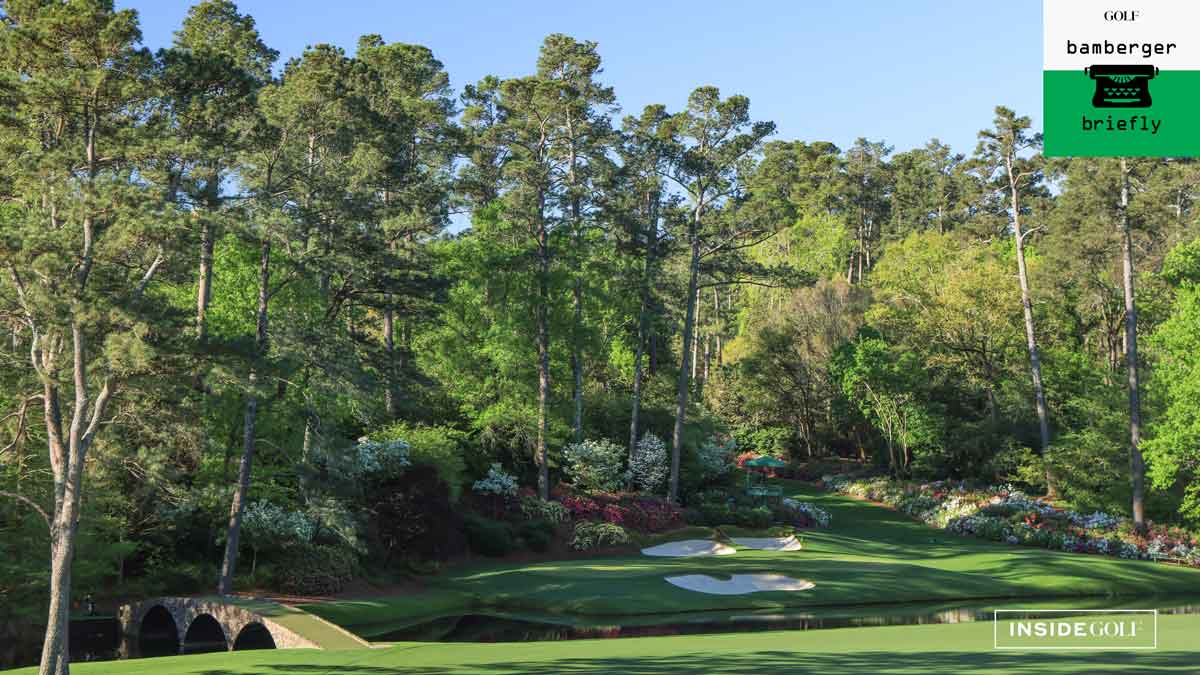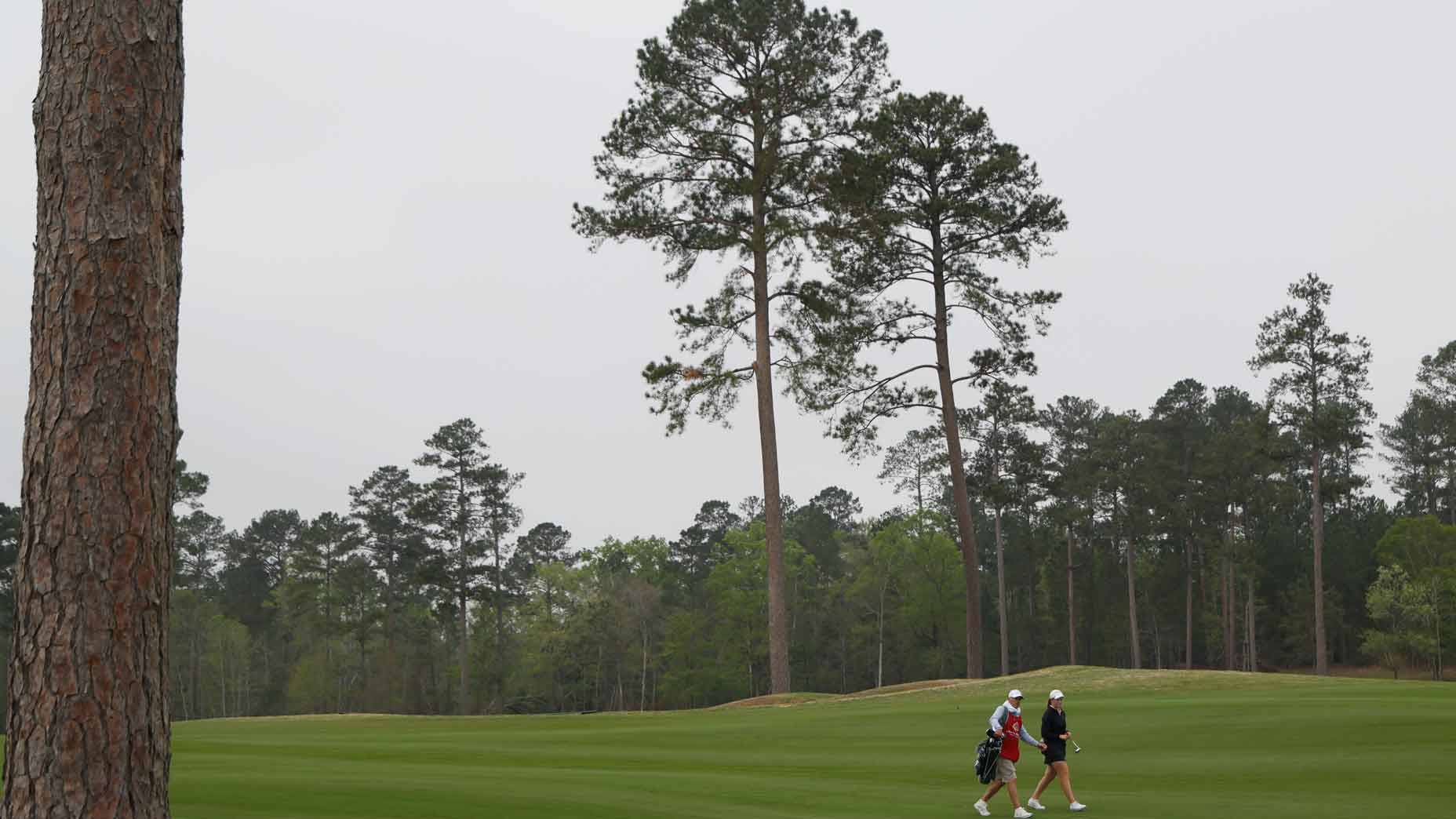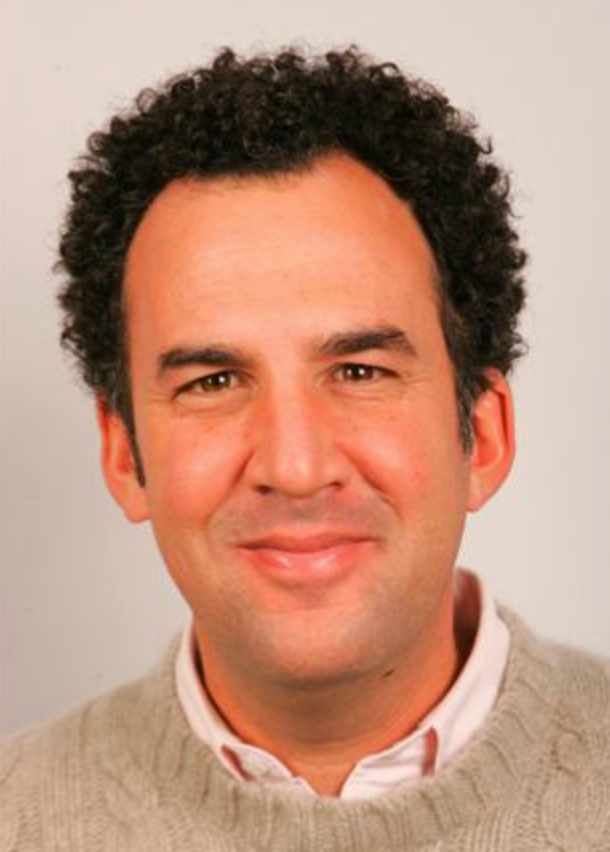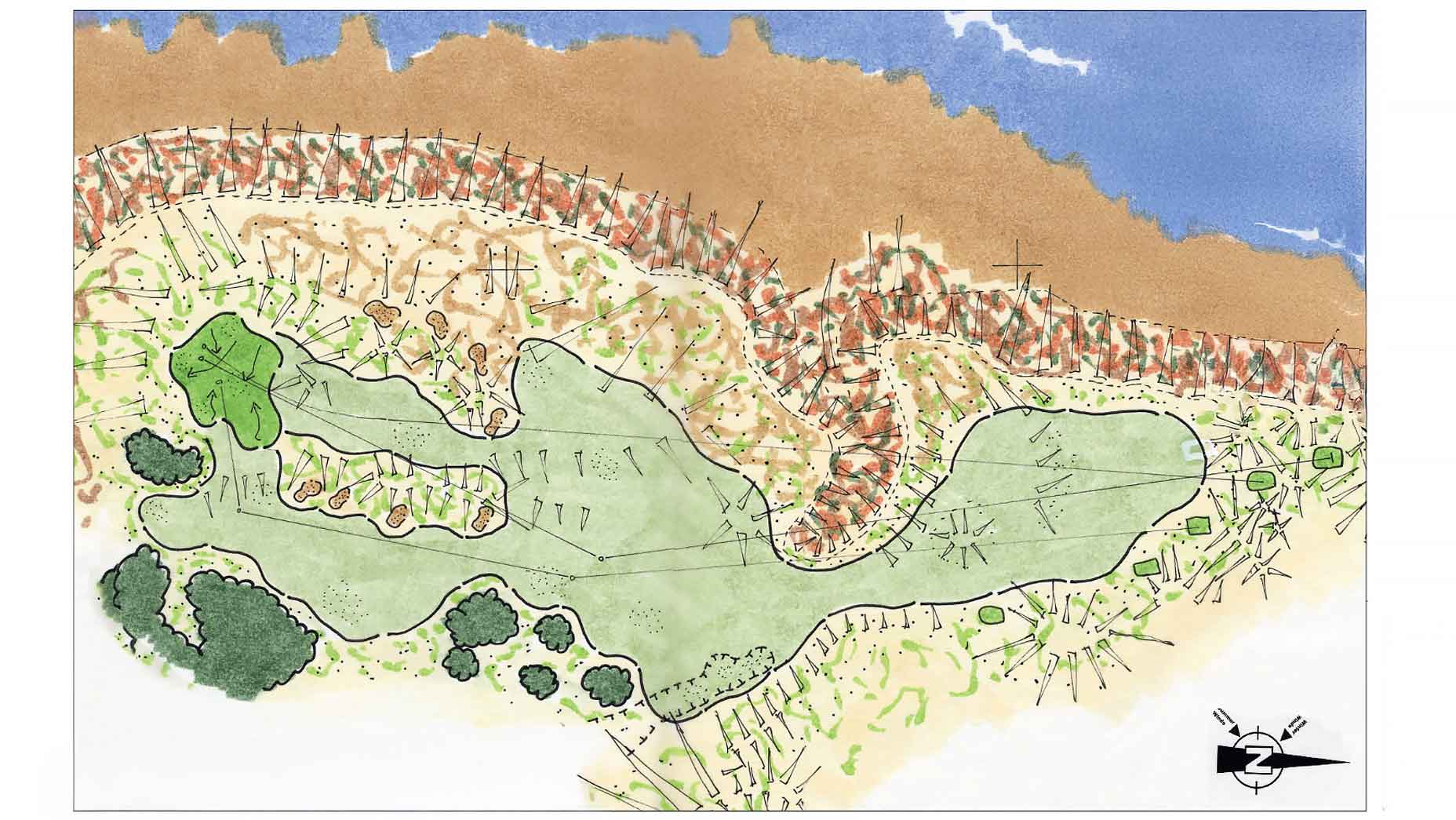At Augusta National, they love their trees. It’s kind of funny, because Bobby Jones took his inspiration for the course from the Old Course in St. Andrews, which unspools over a flat narrow strip of treeless, seaside wasteland. But at Augusta National, on a broad and hilly tract that was once a nursery, they worship lumber.
When the Eisenhower Tree, a tall pine on 17 that was smack-dab in slicing range for the president’s tee shots, was fatally damaged in a 2014 ice storm, there was a wake for it. Billy Payne, then the club’s chairman, offered a solemn statement in a news release that read like a quote in an obit. The tree itself was an organ donor. Its wood was used in a remodeling project of the club’s legendary wine cellar.
In a far more consequential way, Payne’s successor, Fred Ridley, has had his share of tree issues, too, most particularly after Hurricane Helene raced through Augusta in late September. The club’s highest priority, Ridley said in the storm’s immediate aftermath, was to help the thousands of Augustans whose lives were turned upside-down by the wind and rain Helene brought to Richmond County. The picture painted through recent interviews, with a meteorologist and a handful of Augustans from different walks of life, reveals a post-storm city that will never fully recover, just as downtown Augusta never fully recovered from a 1970 race riot.
Reforestation projects are best measured in half-century reports. Tens of thousands of downed trees across Augusta have contributed to the despair. For a hot city like Augusta with air-quality issues and regular heat-advisory warnings — all through late spring, summer and early fall there are numerous days when the afternoon high is way north of 90 degrees — trees are life-sustaining.
What the January wildfires were to Pacific Palisades, in Los Angeles, Helene was to Augusta. In the grand scheme of things, moving the 2025 Genesis Invitational from Riviera to Torrey Pines is of no consequence. Of course, if you’re the host of that tournament, as Tiger Woods is, you can’t not be consumed by the fire’s disruption. But Woods sounded all the right notes as the fires raged, just as Ridley did in the immediate aftermath of Helene.
Those events brought to mind the 1989 Oakland-San Francisco World Series, disrupted by a fatal earthquake. Fay Vincent, baseball’s new commissioner, said then, “Our modest little game doesn’t mean much at this time.” But the show, always, does go on. After a 10-day delay, the series continued. The A’s won in four. Ludvig Aberg won the old L.A. Open in San Diego. By Sunday night, an exhausted player will be wearing a green coat in Butler Cabin at the conclusion of this 90th Masters, and nobody will be talking about downed trees and Helene’s wrath.
But Augusta’s tree issues won’t get tabled. That will be true at Augusta National, at neighboring Augusta Country Club, at the Augusta Municipal Golf Course and across the thousands of acres managed by Augusta’s Parks & Recreation department. For the first time in years, you can see the roof of the Augusta National clubhouse from the halfway house beyond the seventh green at the Augusta Country Club, a half-mile or so away. Does it matter? Of course not. But it is a thing.
The Country Club has a gorgeous, playable Old South course (zoysia fairways) that is at the center of Augusta’s upper-crust social life. (Very social.) The club lost approximately 1,000 trees in the storm, and now there are glimpses of its younger neighbor, on the other side of Rae’s Creek. Before last fall’s 100-year storm, the far end of the driving range at the Country Club was defined by a wall of stately trees. Now there are holes in that wall, and you can see some of the modest homes of Augusta’s historic Sand Hills neighborhood. Jim Dent grew up in Sand Hills, as did many old-time Augusta Country Club and Augusta National caddies.
Why is everyone in Augusta talking about trees ahead of the Masters?By: Zephyr Melton
A few miles away, The Patch — the Augusta muni — lost even more trees, maybe as many as 2,000, by one estimate. There has been a minimal amount of tree work there because the Patch (nicknamed for a vegetable garden near its pro shop) has been closed since Jan. 1. The course is undergoing a soup-to-nuts renovation project that is part of a philanthropic effort spearheaded by the Augusta National leadership. There are Patch regulars who are dubious about this ambitious project for a modest city-owned course. They liked the course, in all its tilted-fairway, tree-choked funkiness, as it was. Regardless, Helene rendered the course changed forever. There now will be fewer opportunities to make a “barky,” a par after hitting a tree, first cousin to the sandy.
As for Augusta National, the consensus ballpark number of lost trees by way of Helene is 900. Of course, Augusta being Augusta, a precise number will never be known. In the years after Tiger Woods’s 12-shot win at the 1997 Masters, the club would highlight the planting of a tree here and a tree there, in the name of strategy. It added up to 23 trees, something like that. Woods has said over the years that it seems more like a thousand. Trees define the tee shots on 2 and 3. The tee shots on 11 and 18 emerge from a corridor of trees. You could airmail your tee shot in 12 into a stand of trees. It’s been done before.
There are homeowners in Richmond County and the counties that surround it who want to blame Augusta National for the long waits they have endured to get tree-removal crews to their homes. They believe that Augusta National, with its deep pockets, bought up all the local talent in its efforts to remove and replace felled trees.
It’s a theory, but not likely a true one. Augusta National, with its deep rainy-day funds and national database, brought in crews from all over the country to get the course ready for member play and for this 90th Masters.
Across Augusta, it’s a sport, talking about what goes on at “the National,” and behind its boundary walls, made from cement painted green and white, metal chain-link fences covered by green tarps and thousands of trees, some hardwoods, most of them pines, all of them offering shade, oxygen and privacy. The tee markers at Augusta are made from notched hickory limbs. Ike’s nemesis tree was a loblolly. The massive old tree between the backdoor of the clubhouse and the first tee is a live oak. The long driveway that takes you from Washington Road to the clubhouse is lined by magnolias. Trees are sacred at Augusta National.
Michael Bamberger welcomes your comments at Michael.Bamberger@golf.com












